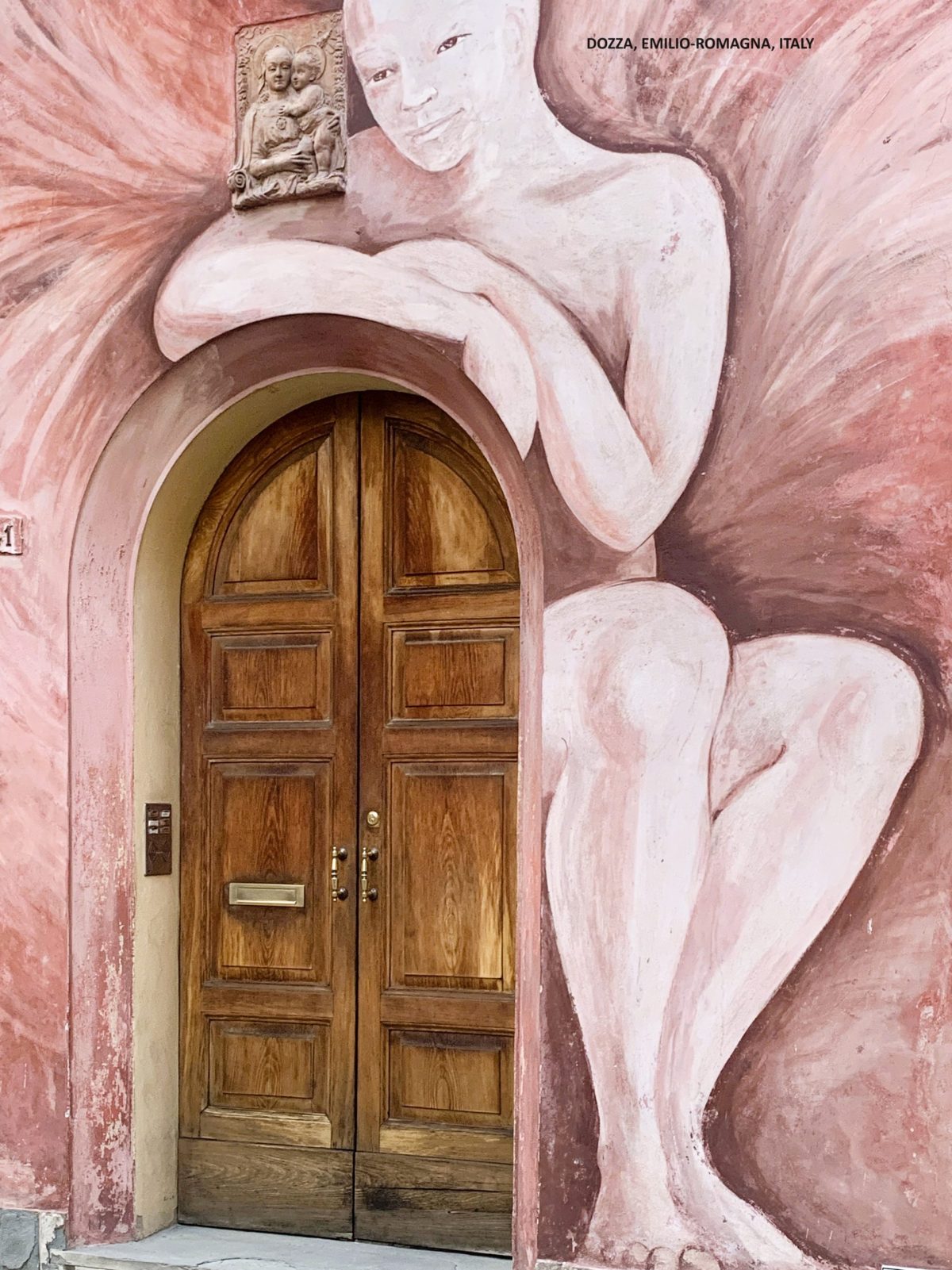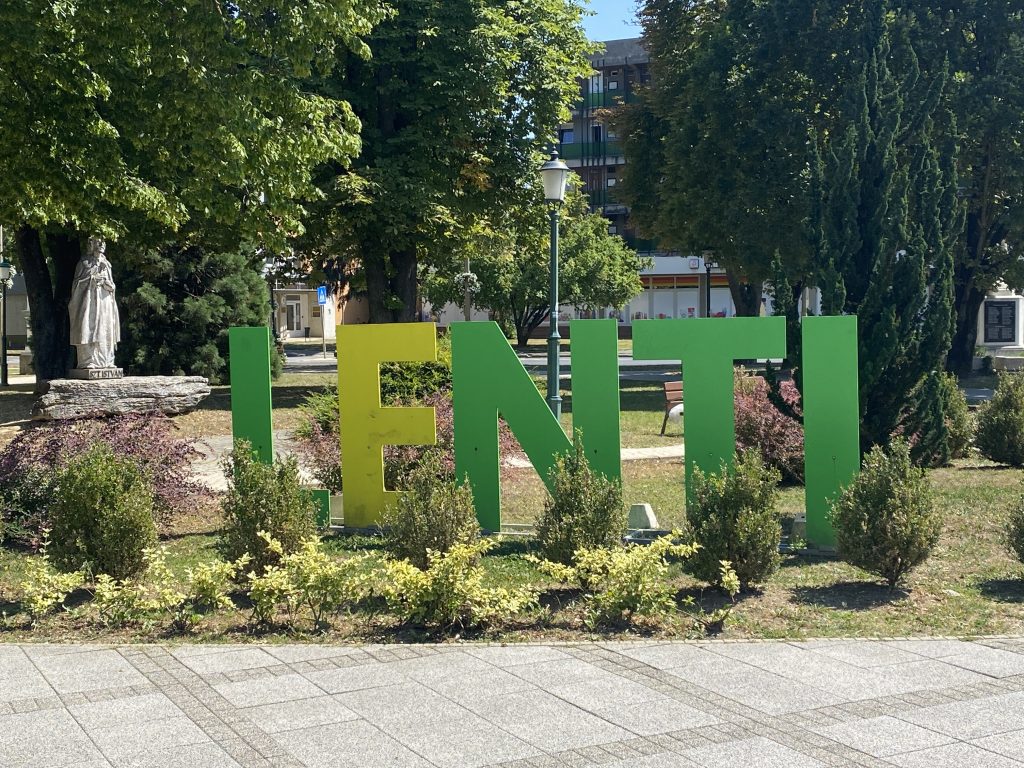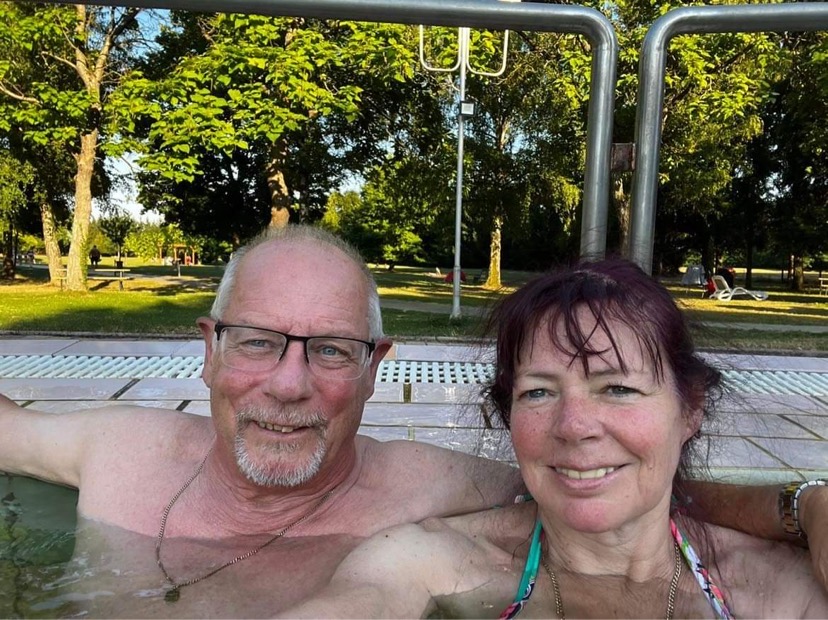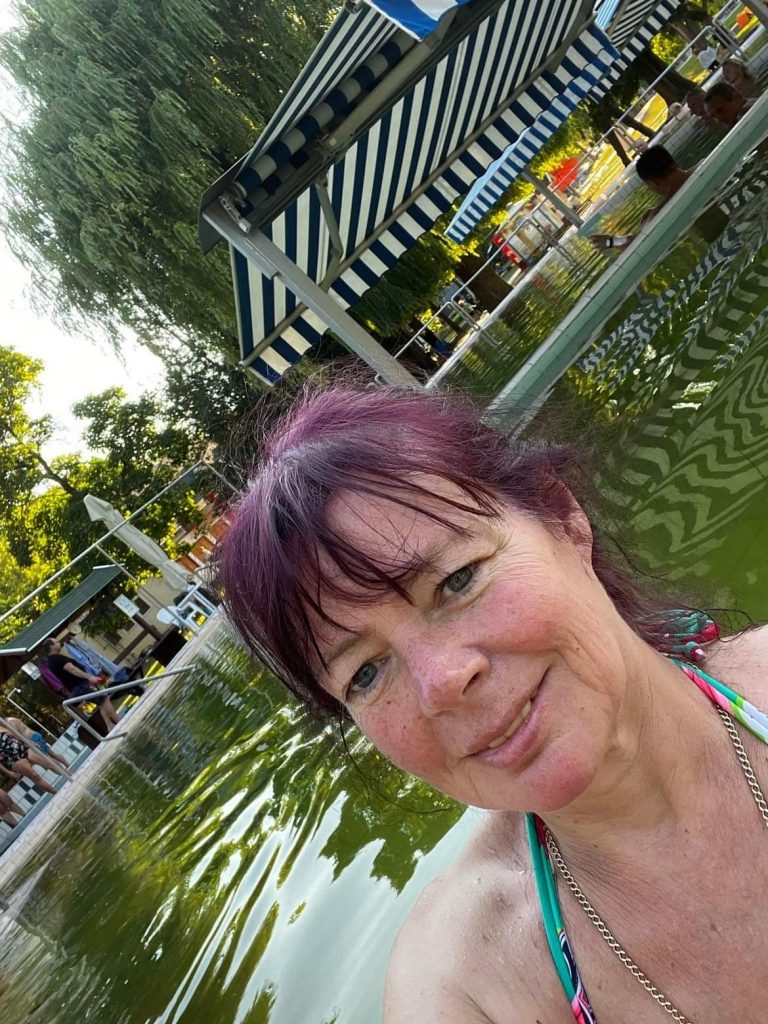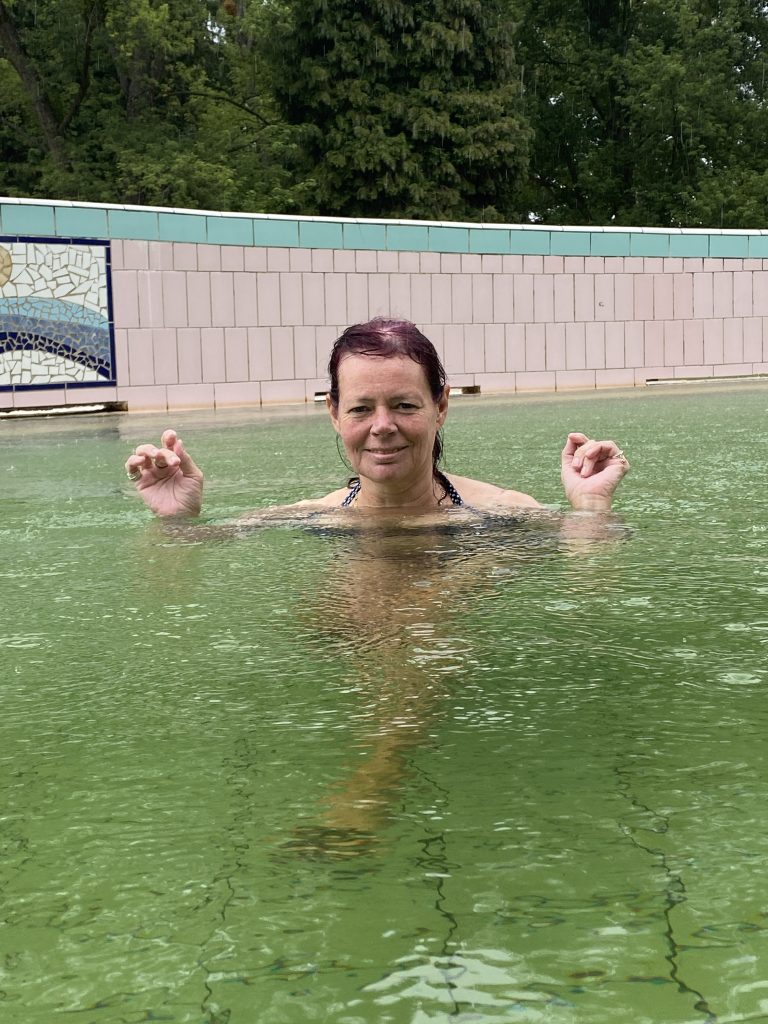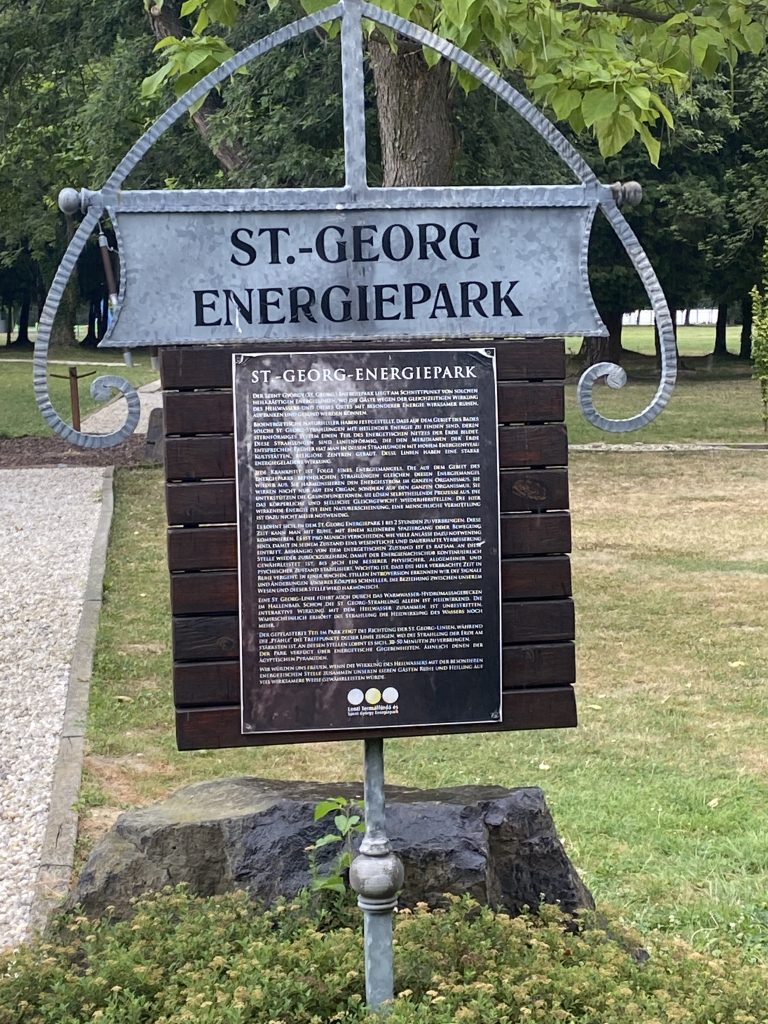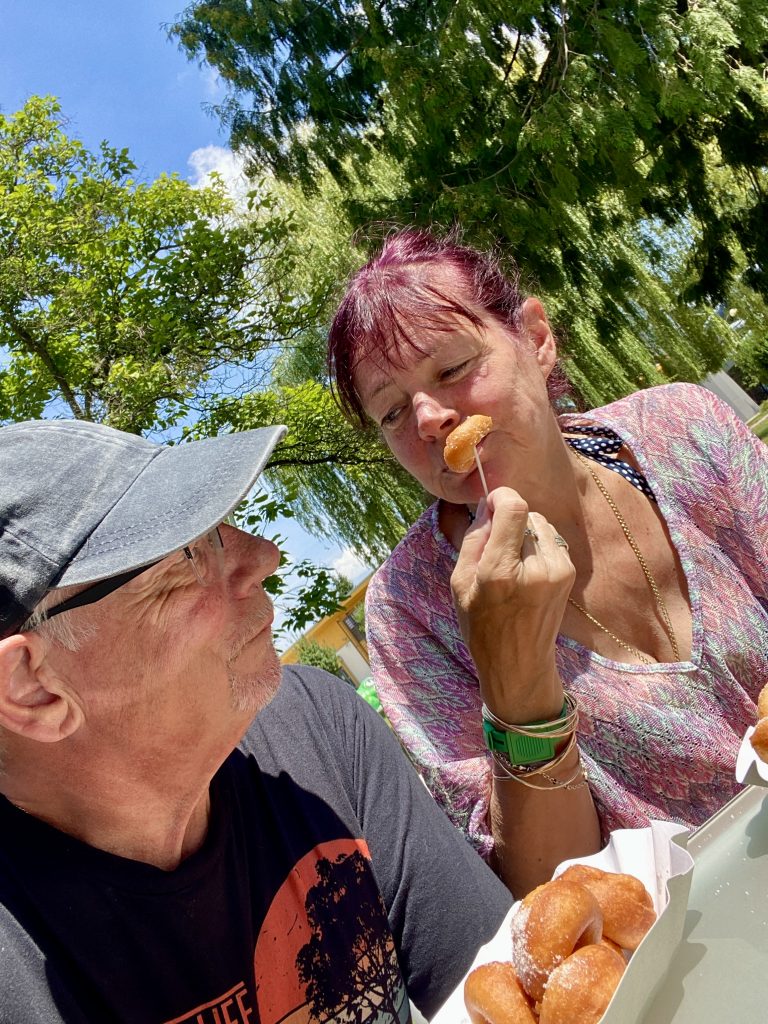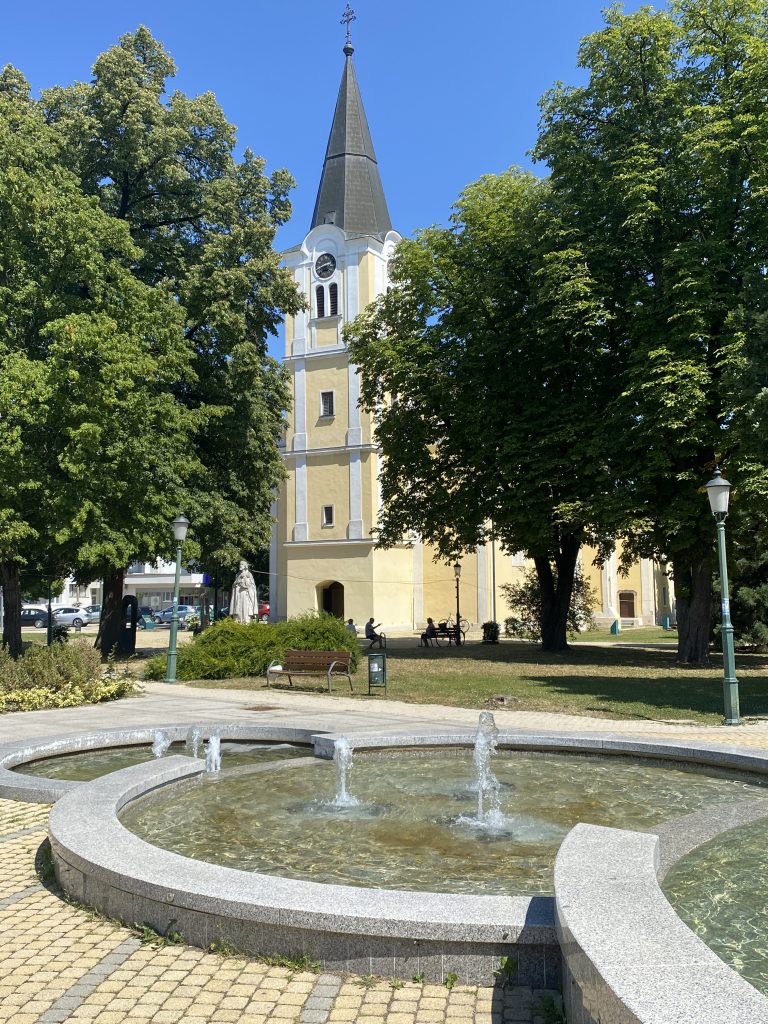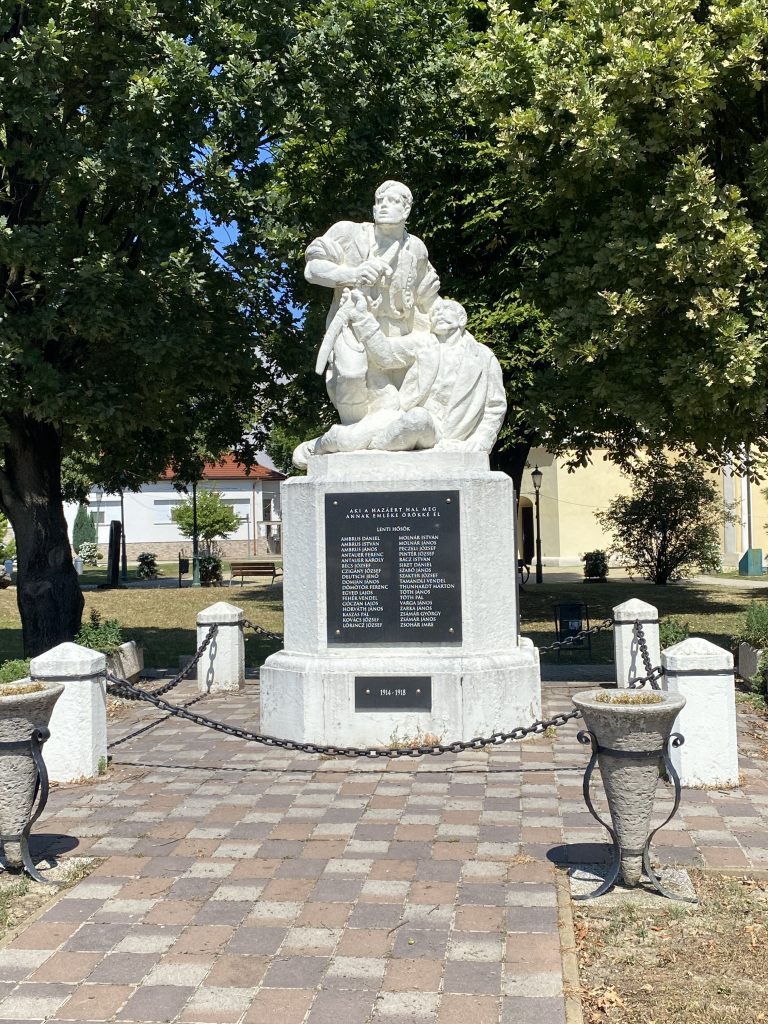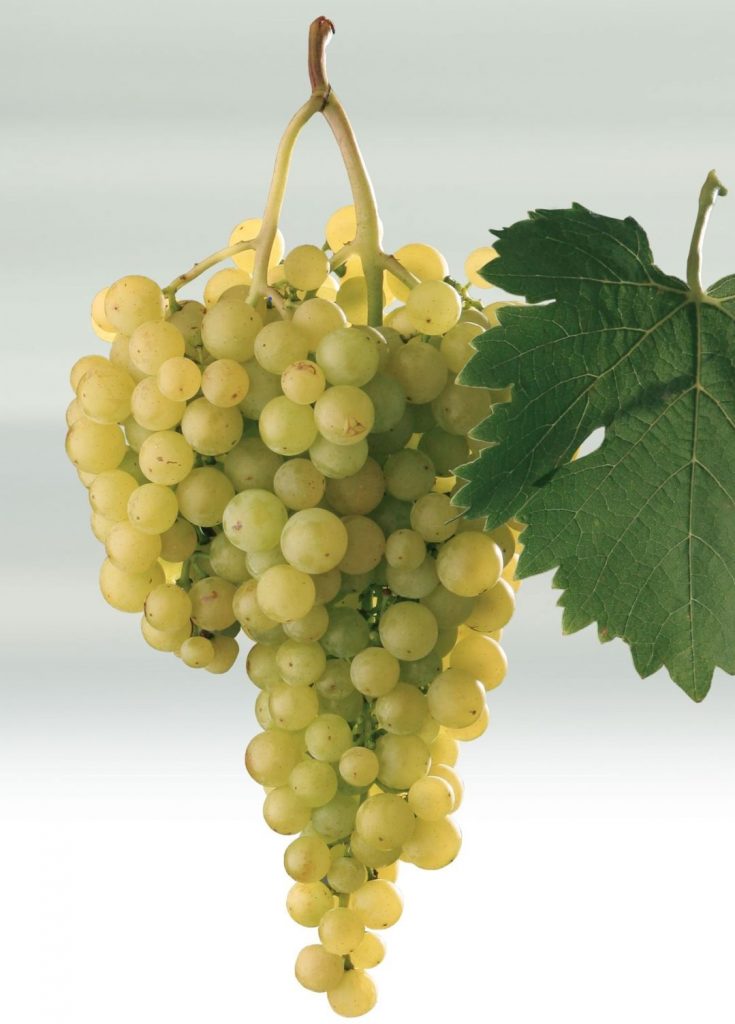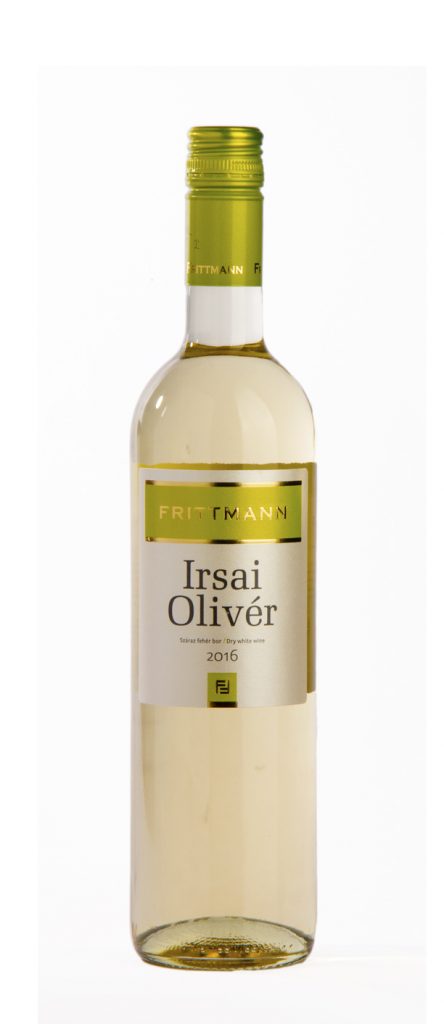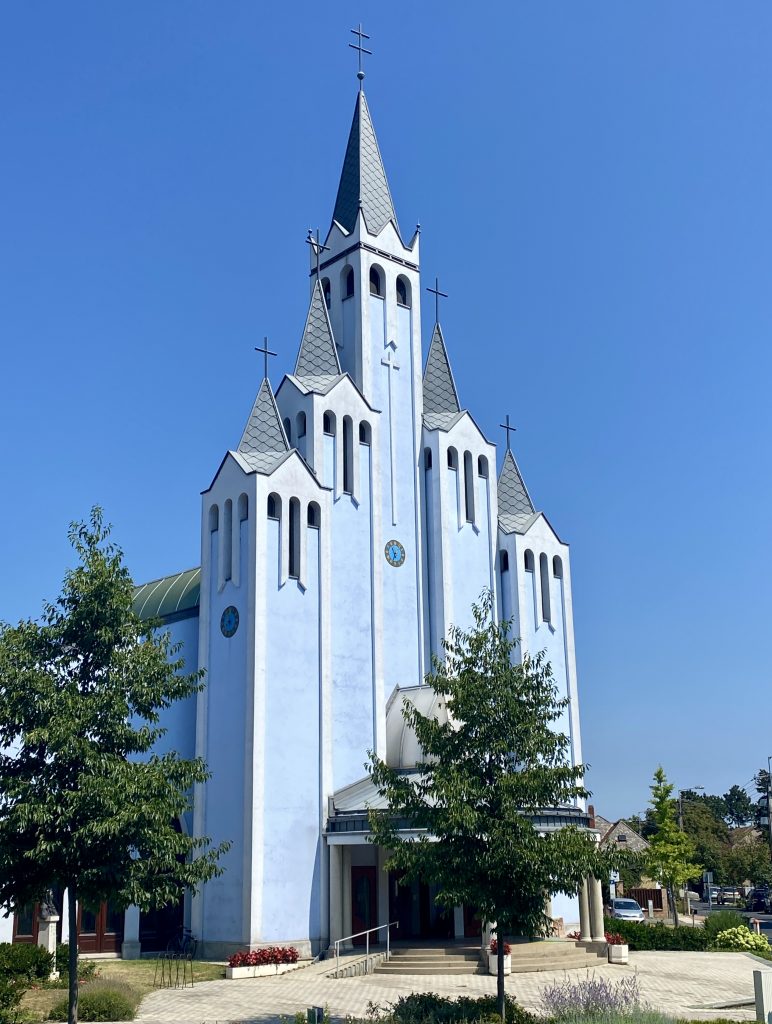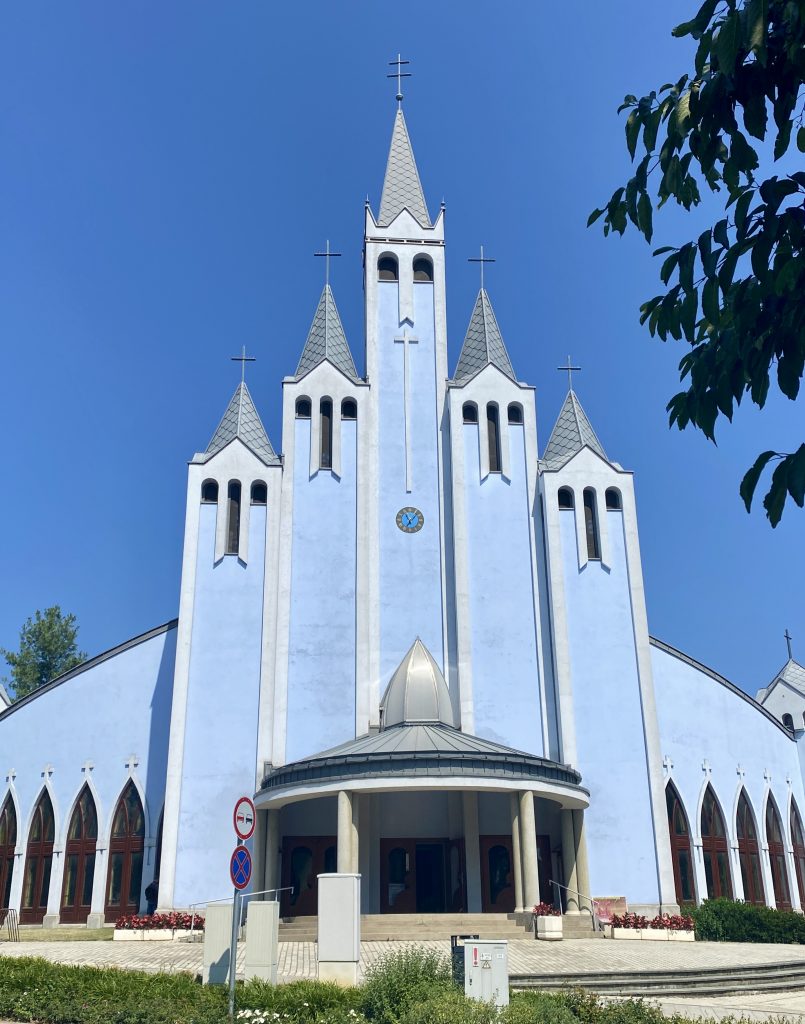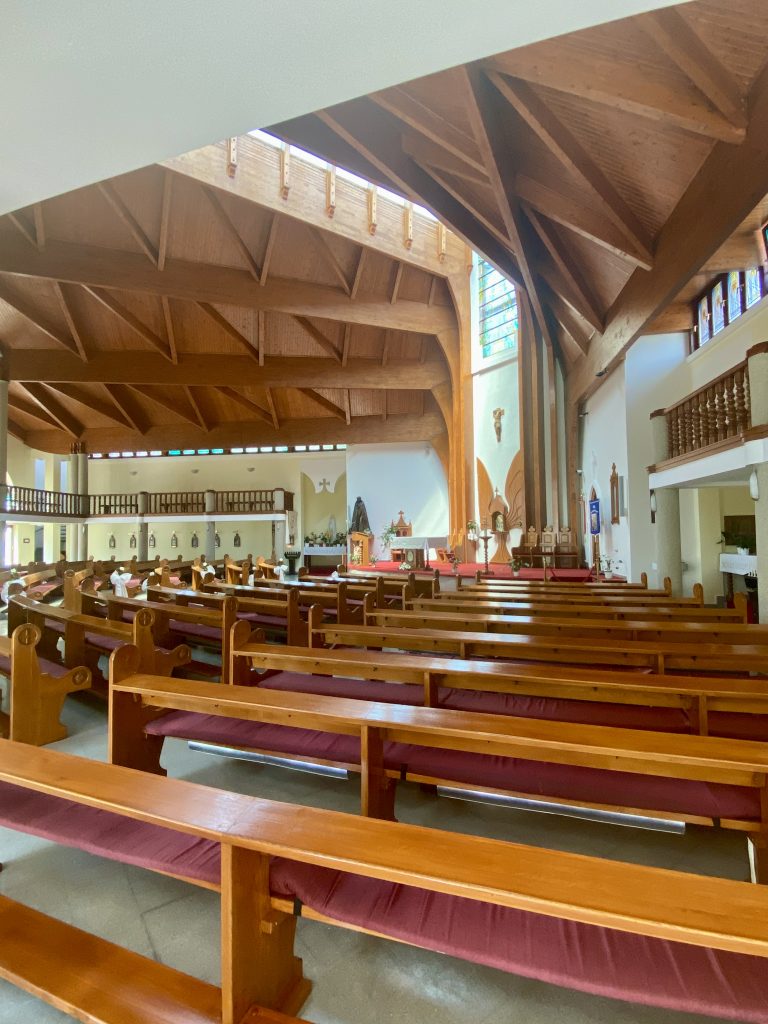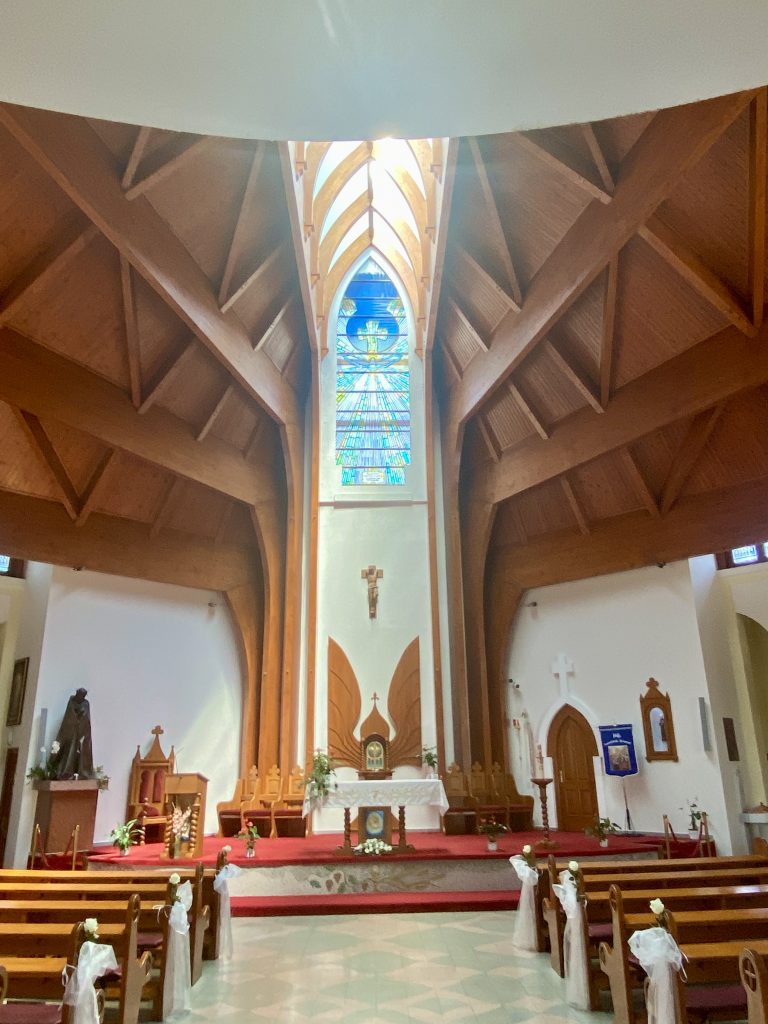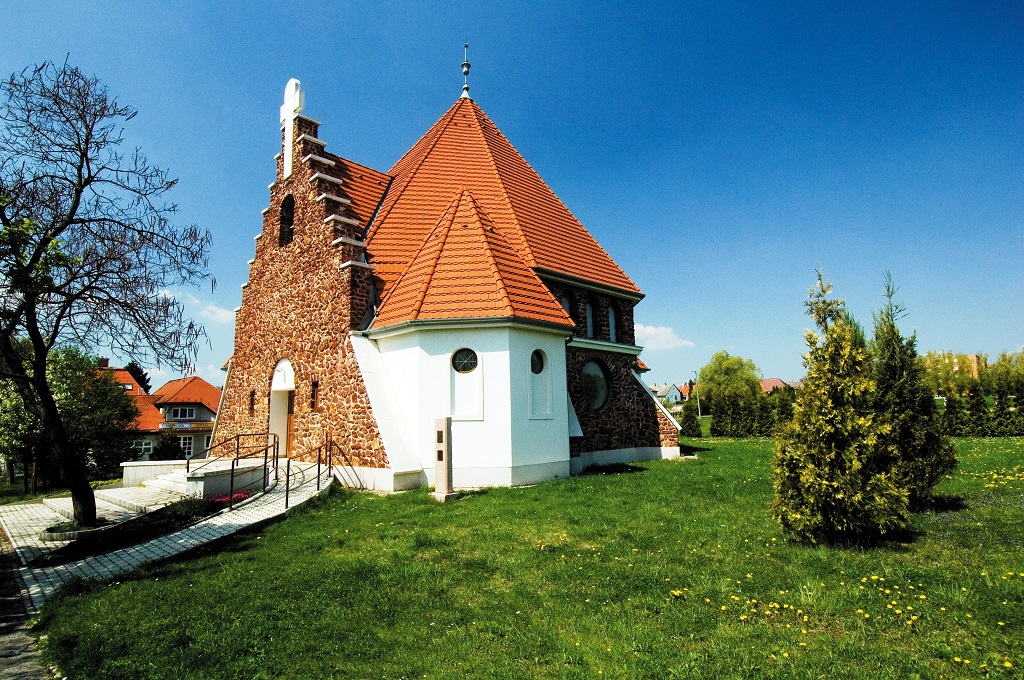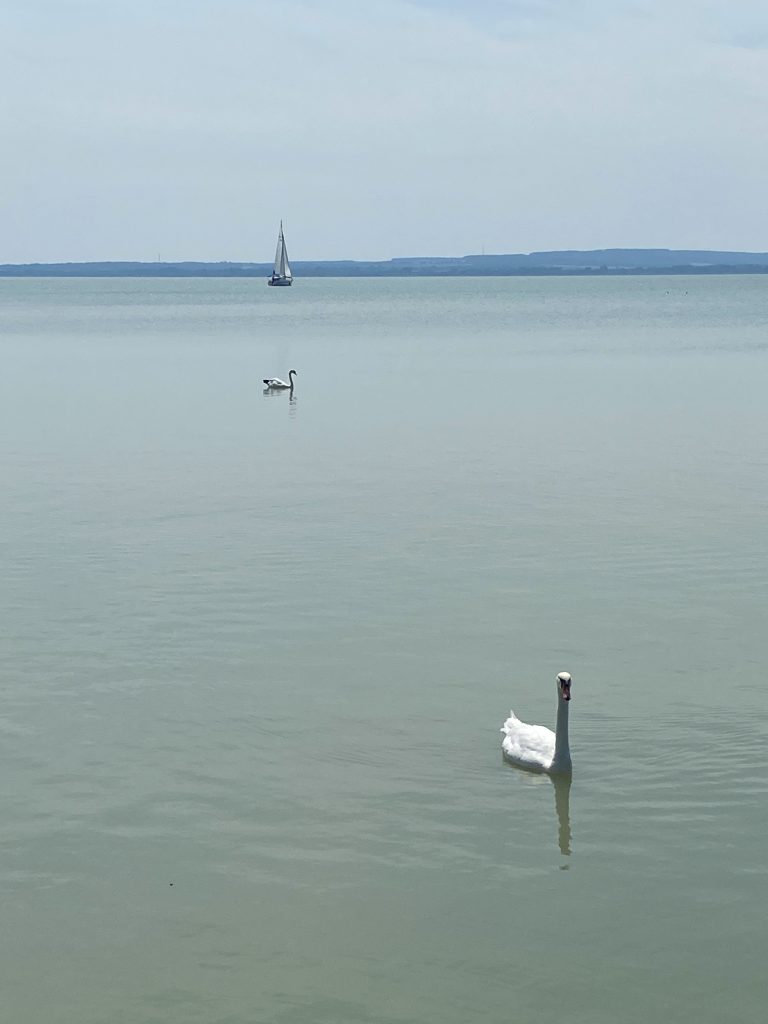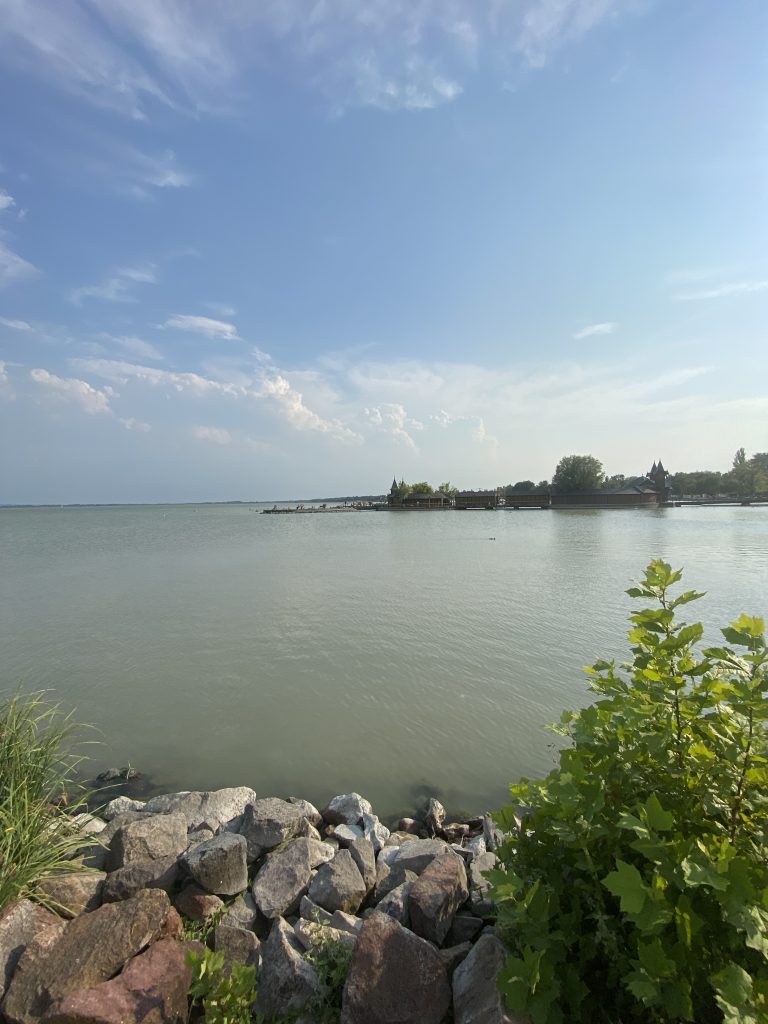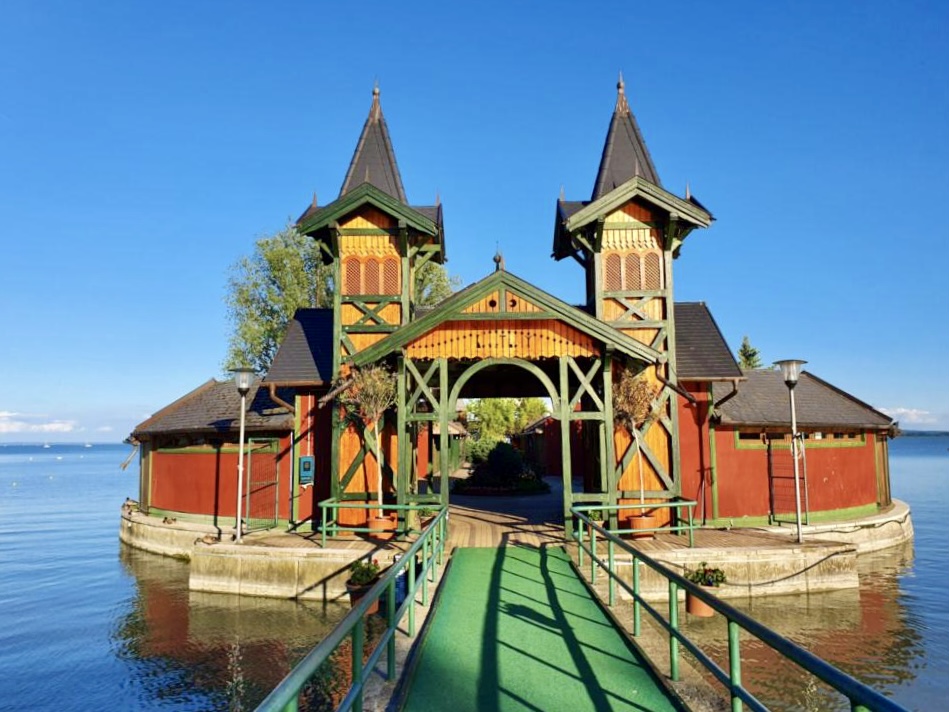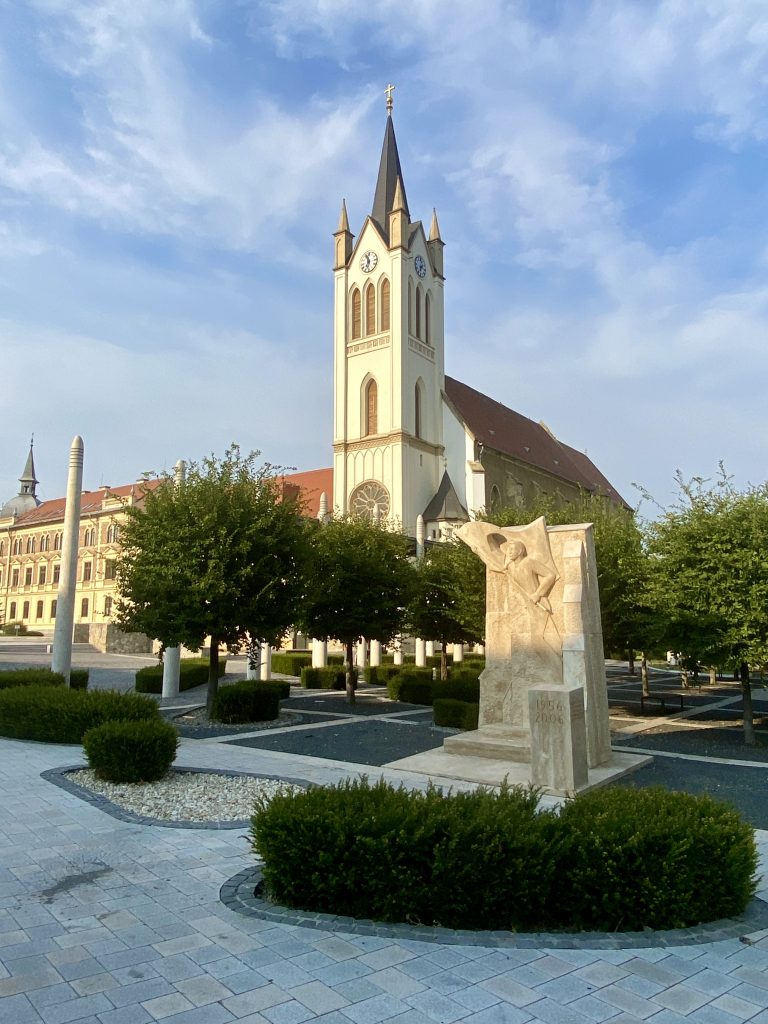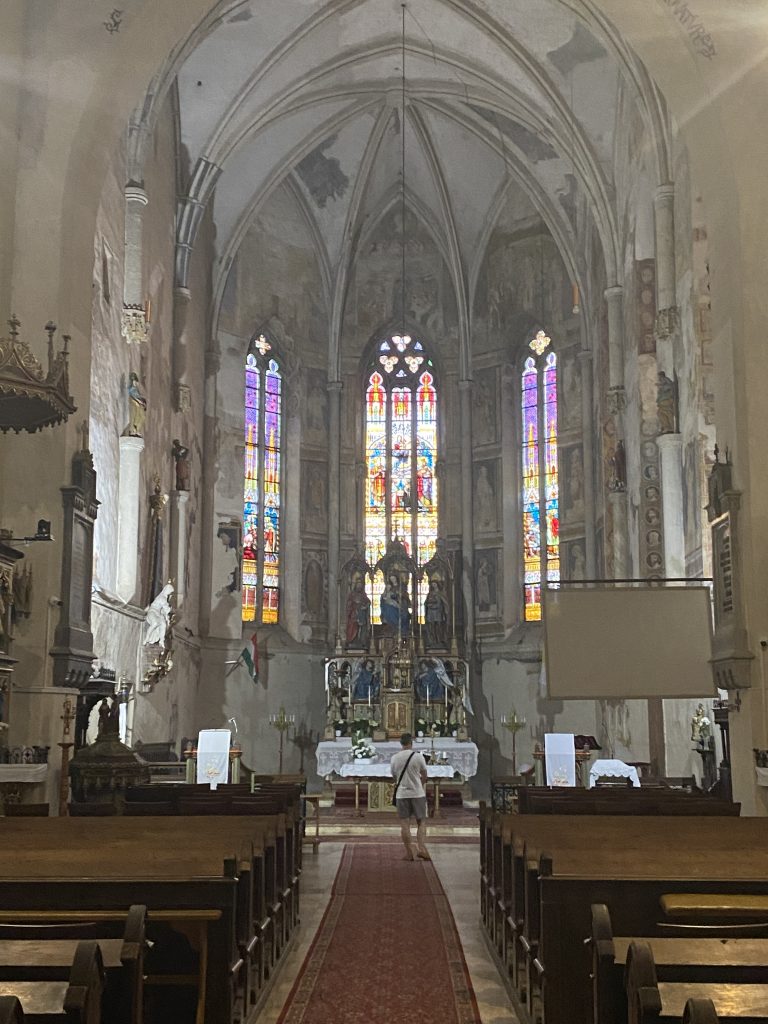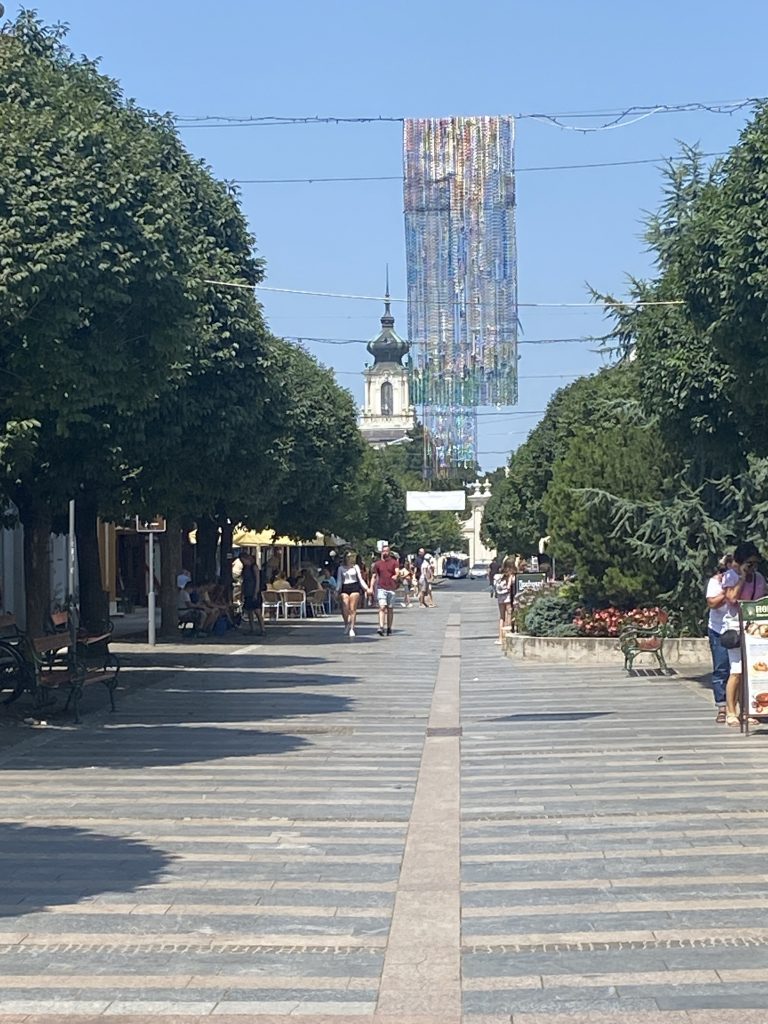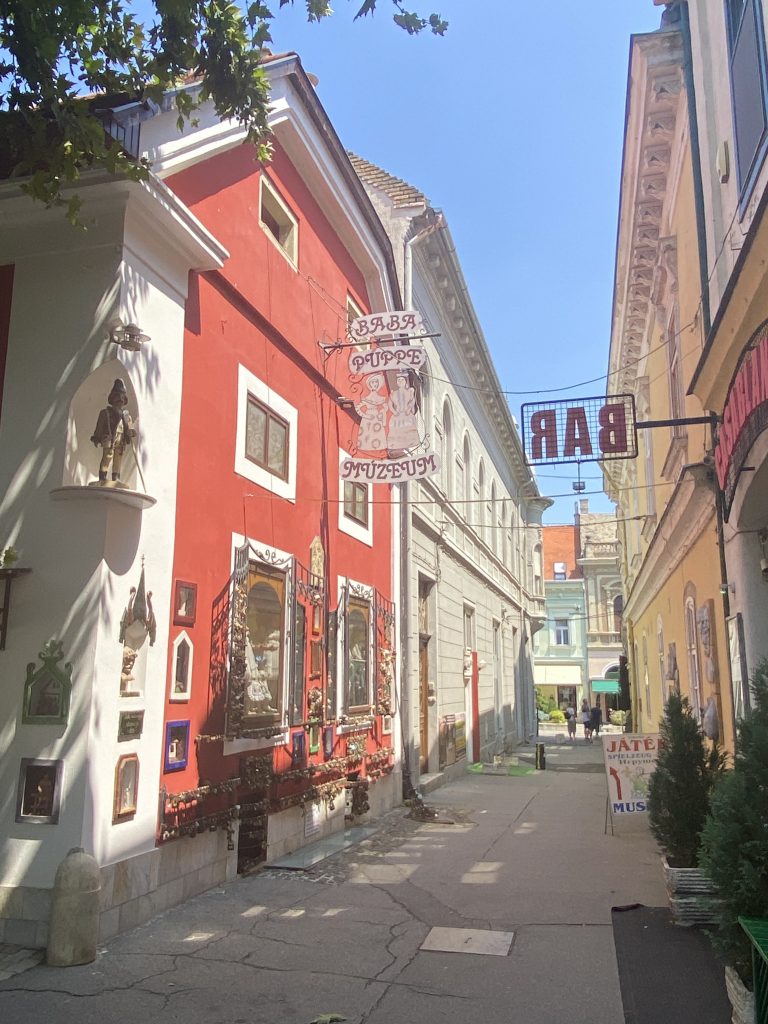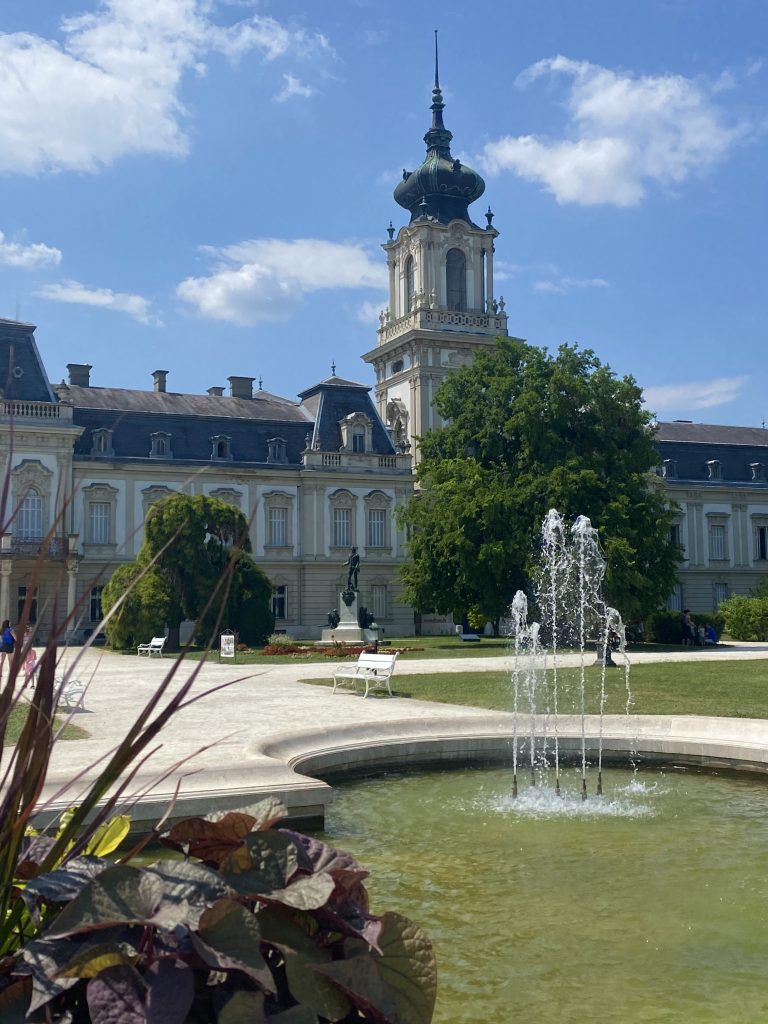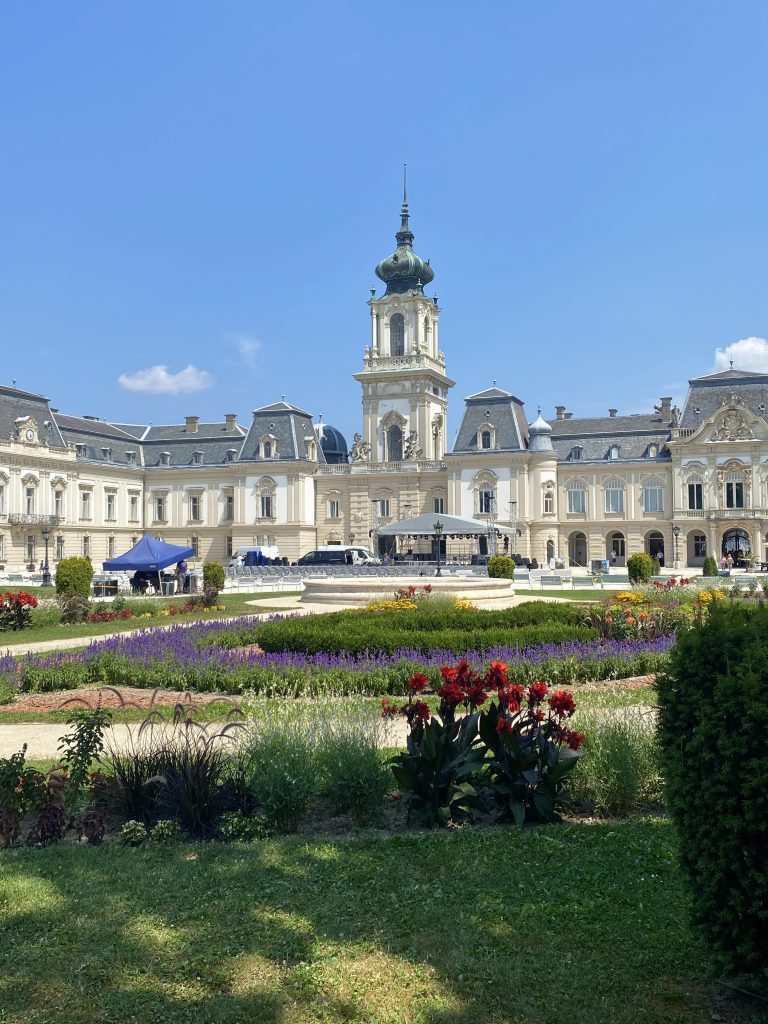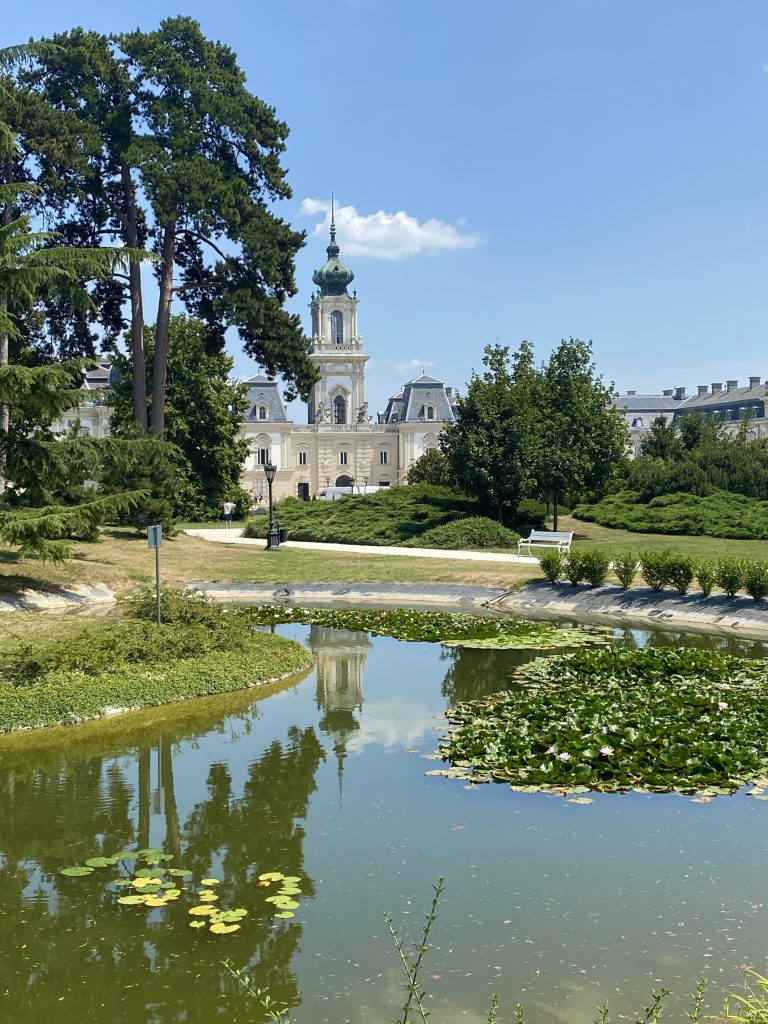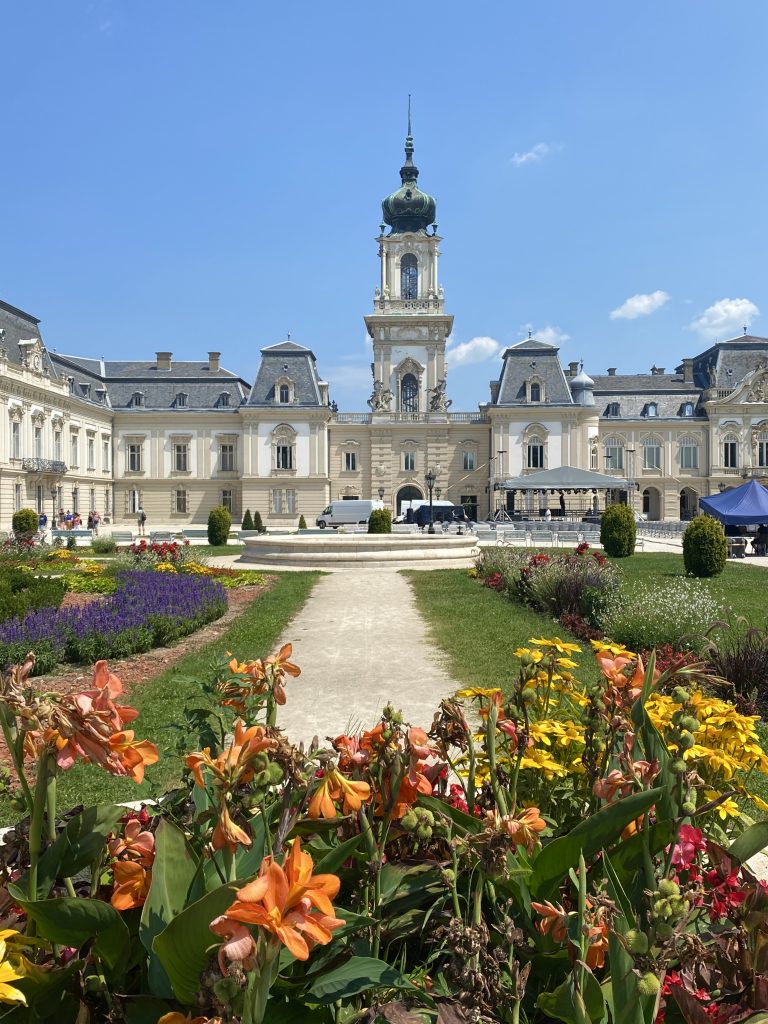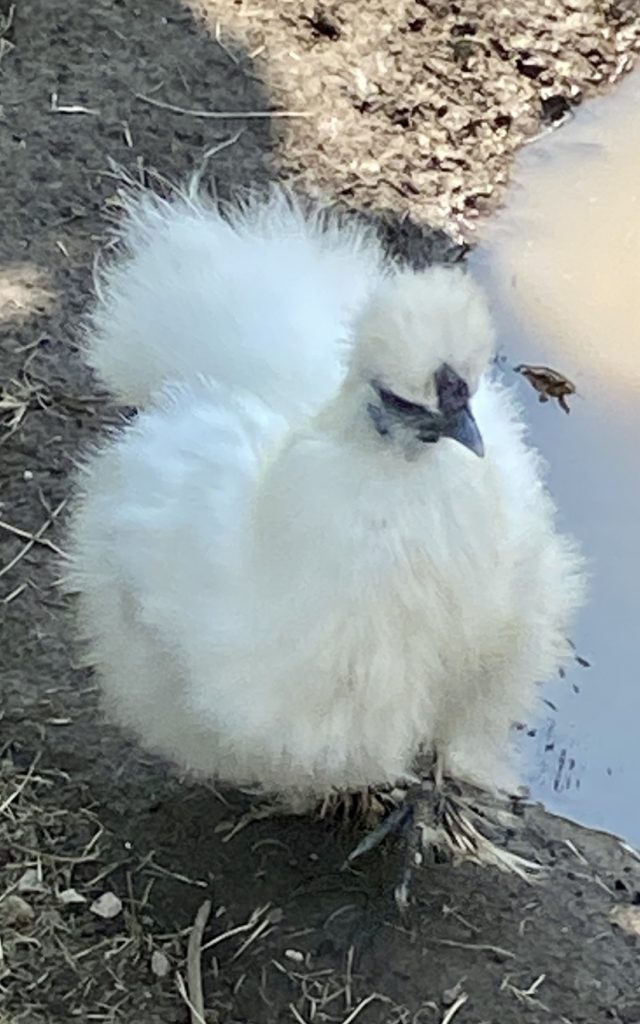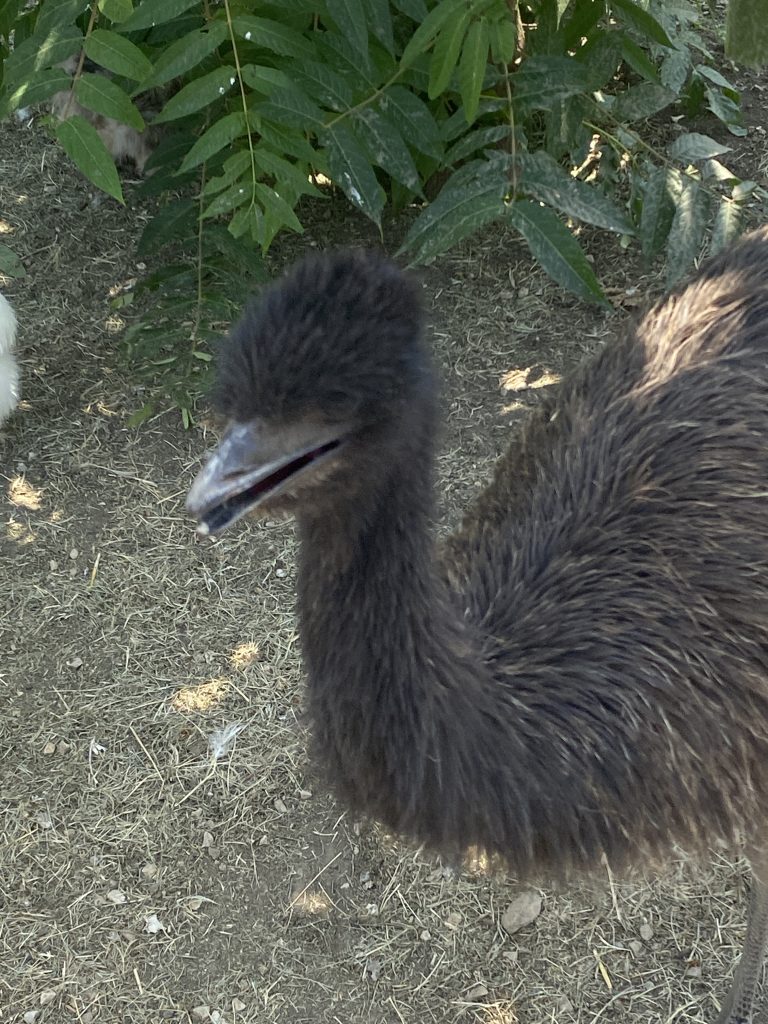We were scheduled to meet up with another good friend in Austria (our long standing pal, Gerhard, in Enzesfeld) but that wouldn’t be for another two days. In these circumstances and to make best use of the intervening time, Vanya booked us into the popular Fagus Spa Resort Hotel in the city of Sopron in nearby Hungary.
Sopron is very close to the Austria border; so much so that it’s signage is written in both Hungarian and German and it even has a German name – Oedenburg. For all that, Sopron is a fiercely proud Hungarian city. I should perhaps explain that under the terms of the 1921 Trianon Peace Treaty (a separate peace treaty in Versailles which reset Austrian and particularly Hungarian borders at the end of the Great War), it was determined most of Burgenland would become part of Austria except the city of Sopron would be allowed to choose between Austria or Hungary. Sopron’s citizens voted overwhelmingly to remain with Hungary. Because of this, the Hungarian government determined that a new city gate should be erected in Sopron (the Loyalty Gate) and; it is decorated with the motto “Civitas Fidelissima” which is Latin for ‘most faithful citizens’.
The drive from Loretto to Sopron took less than 45 minutes and we were soon checked into the hotel. Vanya and I then reached our own little treaty. I would walk the dogs for an hour while she took advantage of the hotel’s spa facilities and, therafter, Vanya would tend to the dogs while I walked into the city for a quick look-see. Winners all around.
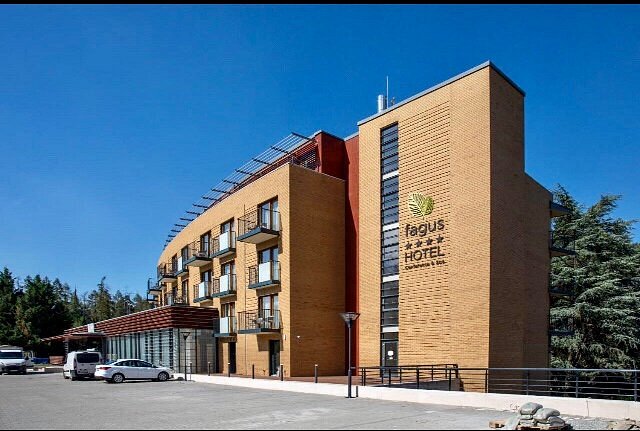
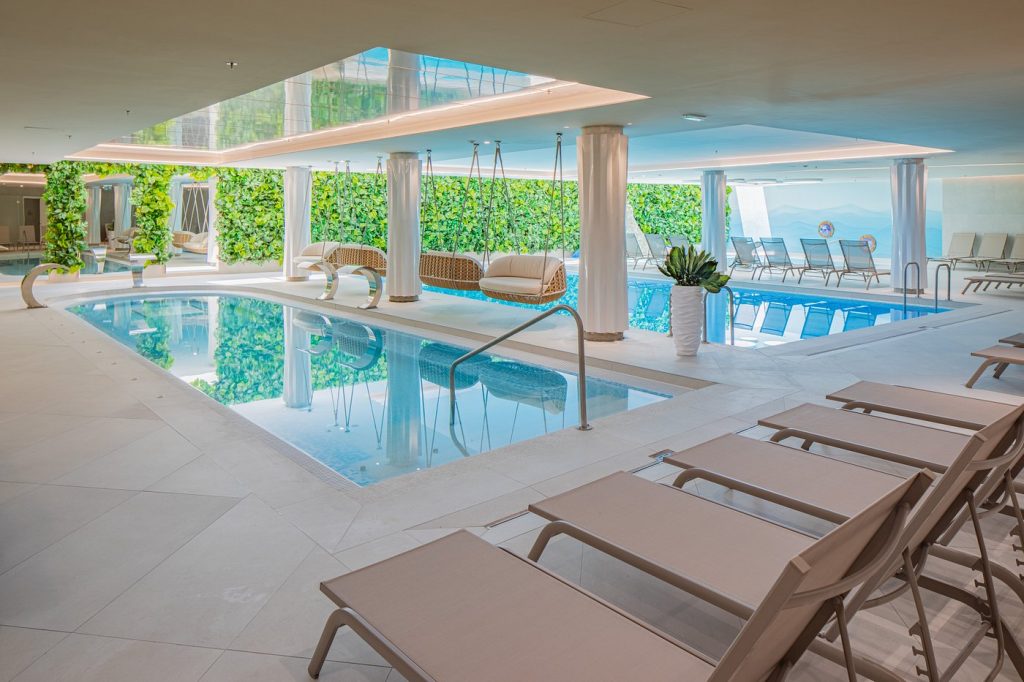
This first tour of the city (I did a second with Vanya the following day) took me to Szechenyi Square, which is considered the city centre and; then, on to Fo ter (Hungarian for Main Square) in the heart of the old town. My first impressions were that Sopron is a picturesque little city (it has a population of just over 60,000 people) with some quite remarkable architecture and not a little history. This was going to be an exciting couple of days.
Szechenyi Square is easily identified by a prominent statue of Count Istvan Szechenyi (considered by many to be Hungary’s greatest statesman) but it is also home to a number of other interesting features including the ‘Sopron Letters’; the city’s theatre; the beautiful 18th century church of Saint Jude Thaddeus and; an intriguing monument to the Hungarians who lost their lives in the 1956 uprising against the country’s occupation by the USSR.
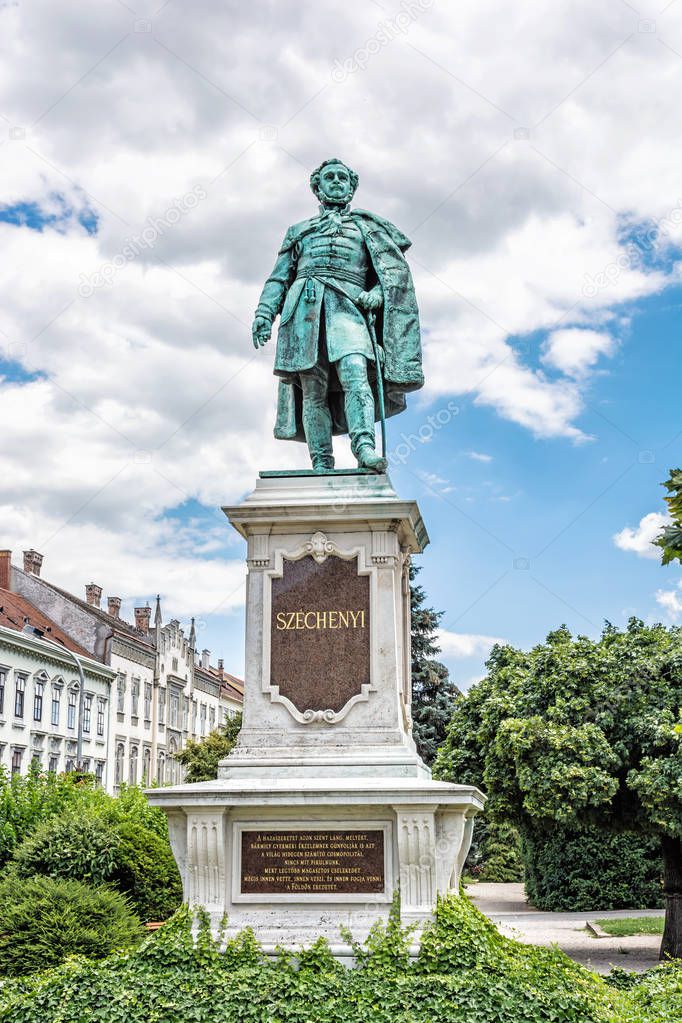
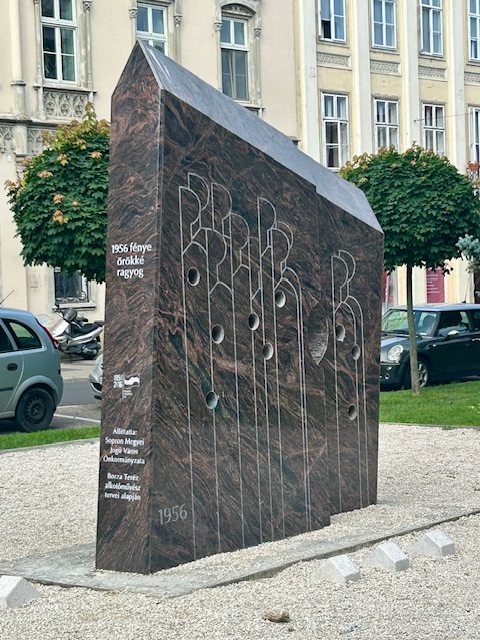
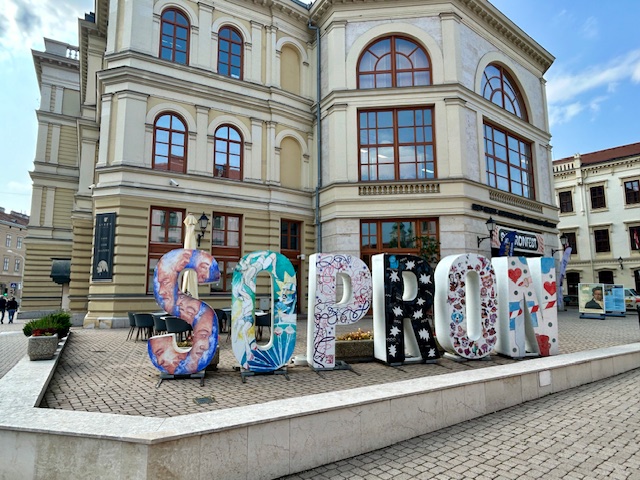
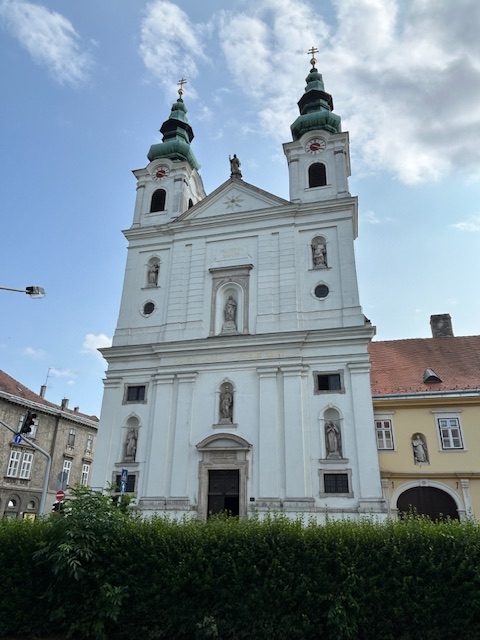
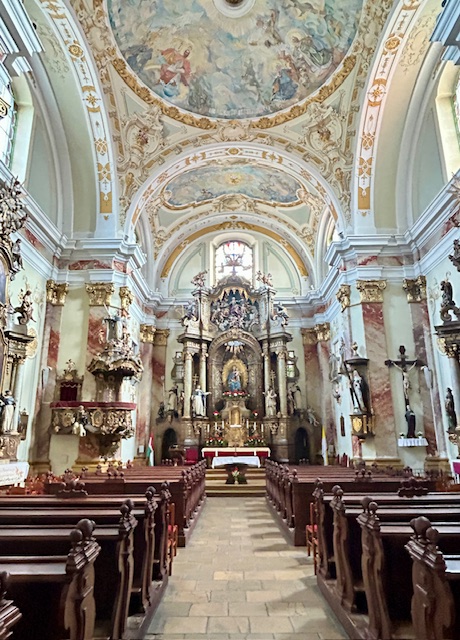
Carry on past the theatre into Sopron’s old town via Templom Street (that’s Templom Utca in Hungarian) and you’ll reach the city’s Main Square (Fo ter). I took a different route, turning right on to Fegyvertar Utca, so as to visit the tiny but pretty Orsolya Square (Orsolya ter). It was the Church of the Immaculate Conception of Orsolyita which most attracted me to this irregular shaped square and it is worth the detour. In 1747, Benedictine Orsation nuns established a convent, school and church on the square and that’s where the square gained it’s name. Sadly, Allied bombing in 1945 devastated the square, sweeping away the Lunkányi House and the Gyóni Géza House, together with the beautiful Mária Well. However, the square has been rebuilt with the church being completely restored and a new ‘Mary Monument’ now standing where the Maria Well once stood.
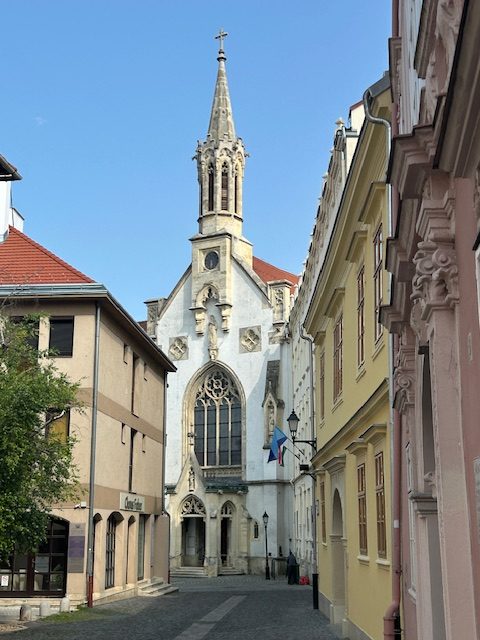
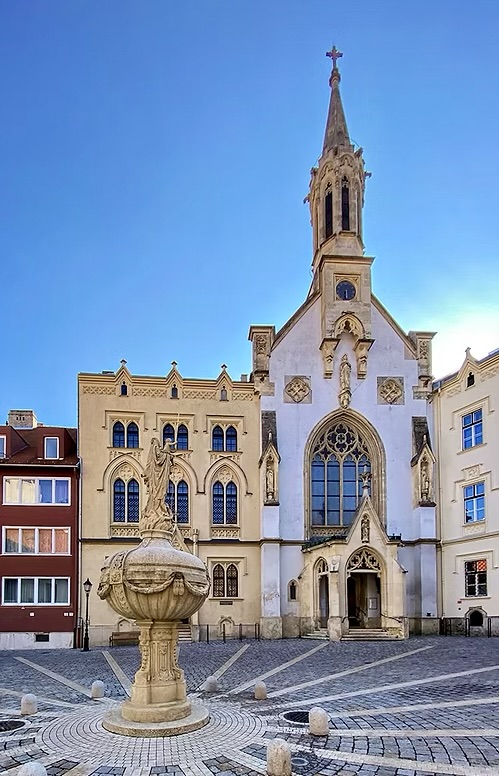
I’ll make just one other observation arising out of my short detour to Orsolya Square. As I entered the square, I noticed a couple of Stolpersteine amongst the cobbles outside 5 Fegyvertar Street in the names of Miksa Pollak (born in 1868, he became the chief rabbi in Sopron in the lead up to and during World War II) and Karoly Pap (born in 1807, he was a writer and Hungarian war hero during World War I). Theirs is a particularly sad story. They were father and son but the father disowned the son because of his political leanings – he joined the communist party. Both were arrested and murdered during the holocaust (as were all but one of the rabbi’s family, who escaped the country).
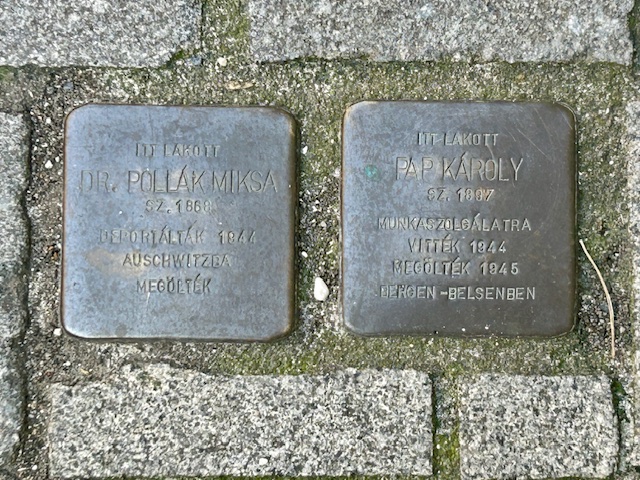
I exited Orsolya Square by New Street (Uj Utca); which runs almost parallel with Templon Street and, like Templon Street, ends at Sopron’s Main Square (Fo ter). New Street used to be called Zsido Utca or Judengasse in German (either way, that’s Jewish Street in English) on account of it’s two synagogues and so many Jewish families living there but; the name was changed in 1440 (probably on the back of yet another pogrom against the Jews but don’t quote me). Certainly, the Jew’s history in Sopron is not a happy one.
It seems, when I write about the old town of so many places in Europe, that I invariably write about medieval city centres. That isn’t going to be the case with Sopron. In 1676 a massive fire destroyed a large part the old medieval centre and the buildings were mostly replaced by Baroque structures (and interesting and impressive Baroque structures at that).
New Street, Templon Street and Main Square contain numerous examples of Baroque architecture; whether they be in the form of restrained yet elegant townhouses; or a more imposing, classical, hellenistic style, as is the case with city hall; or with an extremely ornate, almost gothic finish like the Holy Trinity Column. It’s a pleasure walking these routes and an absolute joy simply to lounge a while in the Main Square and take it all in.
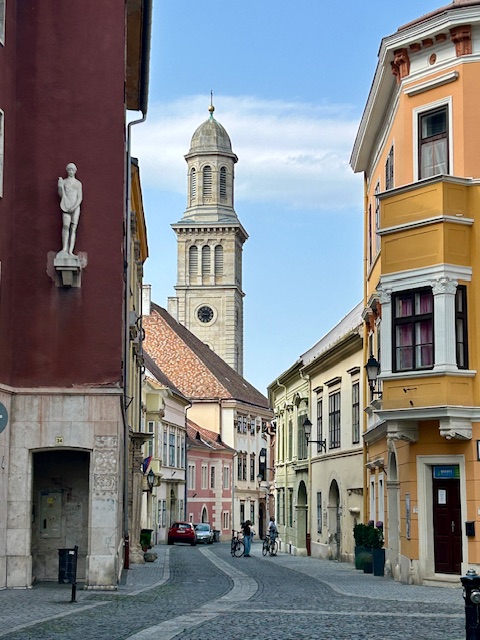
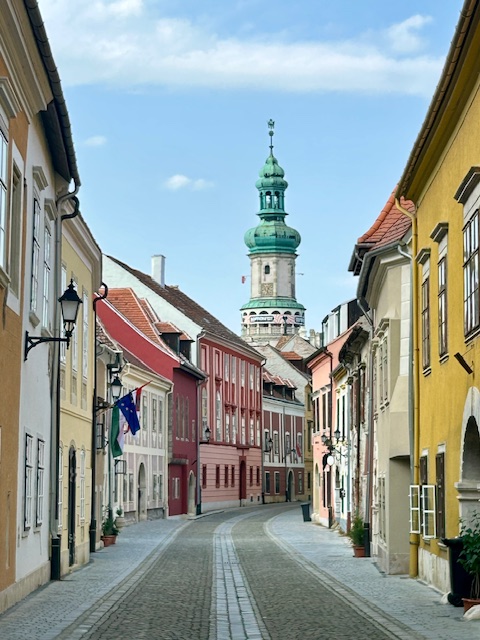
Main Square exemplifies the rich history and culture of Sopron. For my part, pride of place goes to the 58 metre high Fire Tower (Tuztorony); which was erected immediately following the 1676 conflagration with a view to preventing any recurrence but; I’m biased because I was able to ascend it’s 200 spiral stairs and enjoy some great panoramic views. Underneath it is the aforementioned Loyalty Gate; an exceptionally impressive City Hall; the elegant Storno House, where the musician Franz Liszt stayed in 1820 and 1881 (and part of which now serves as a museum); the imposing Holy Trinity Column, which was erected near the end of the 17th century in recognition of the city surviving a plague epidemic and; most interesting of all, the 13th century Goat Church (Kecske Templon).
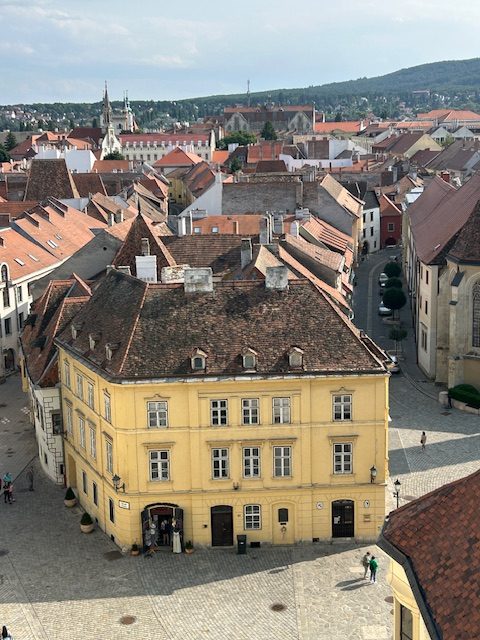
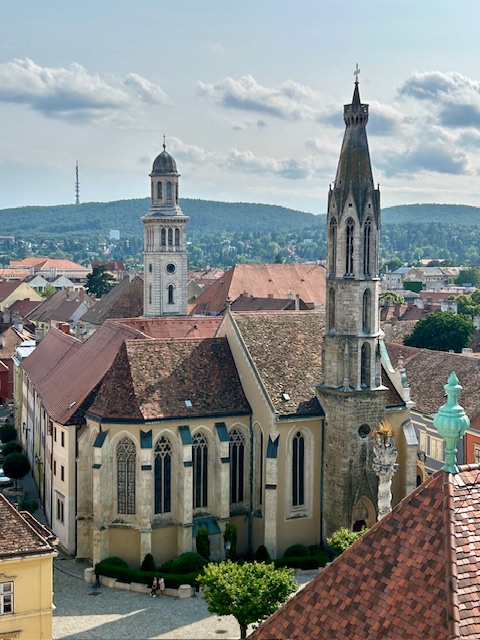
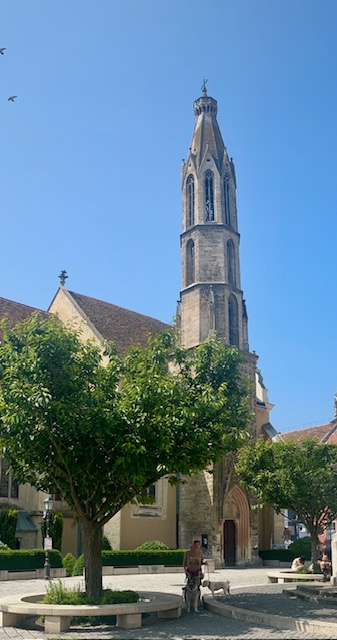
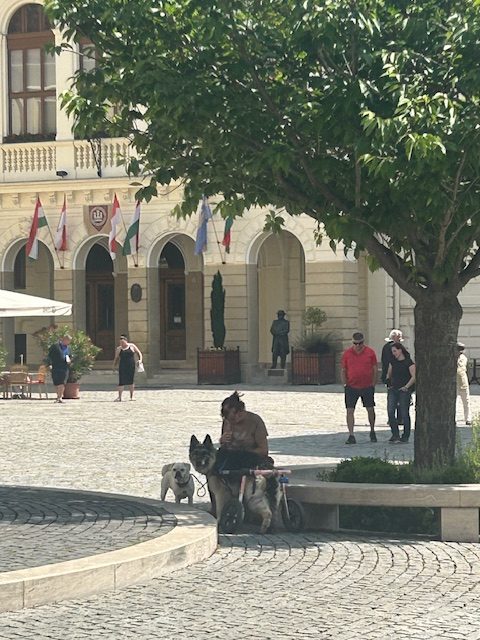
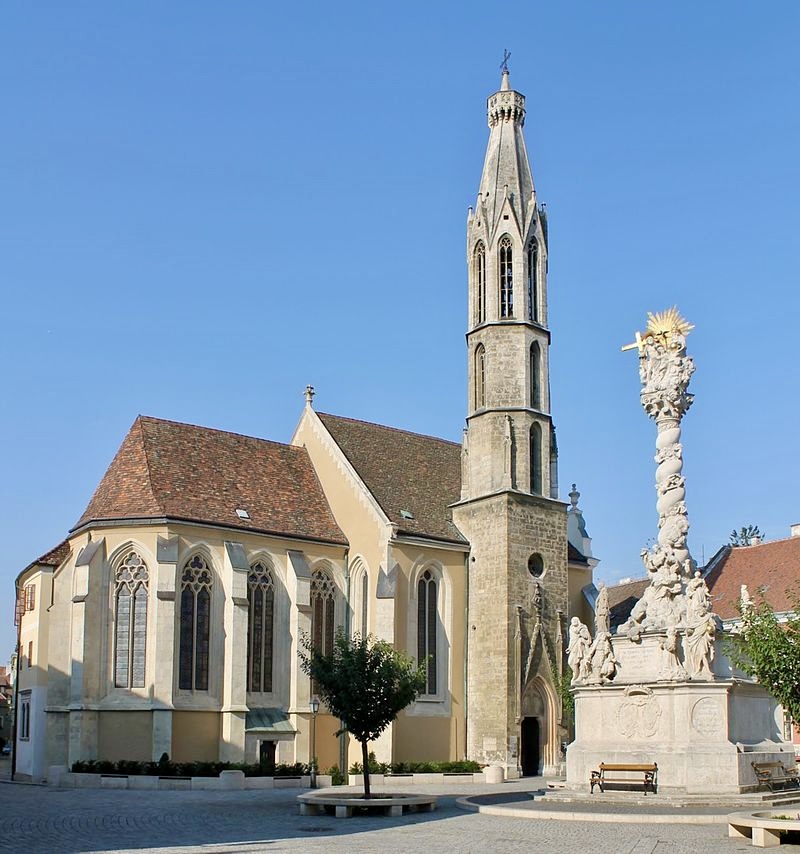
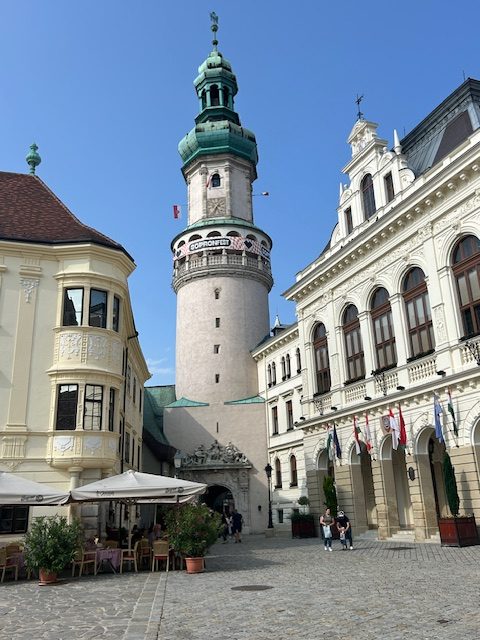
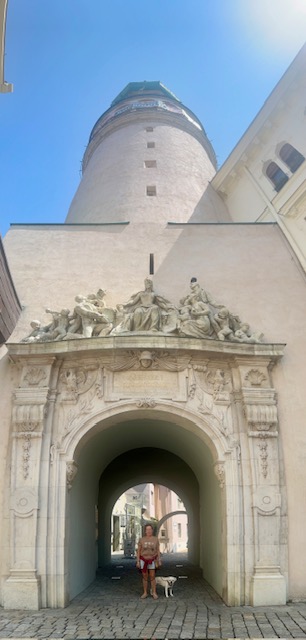
As is to be expected across central Europe, Hungary has it’s fair share of cafe-bars and one of the most pleasant to sit outside of on Main Square is Corvinus which operates out of the ground floor of the historic Storno House. According to Fodor, Corvinus combines a cafe, pub, pizzeria and restaurant all in one. I have no reason to doubt that but during both my two visits to the place (once with Vanya) I was more than happy to sit at a table outside with a cold beer.
I left Vanya outside the Corvinus for a short while while I explored the Goat Church. It’s as beautiful inside as it is outside and; it comes with a legend as to how it gained it’s name. There are two stories as to how it came to be known as the Goat Church. One story is that a poor farmer’s goat dug up a pot of buried treasure and he subsequently used the treasure to build the church. The other is that the church was built by a local lord whose coat of arms (on his flags and shield) included a horned goat. It is the former tale which is most believed although, I am very sceptical
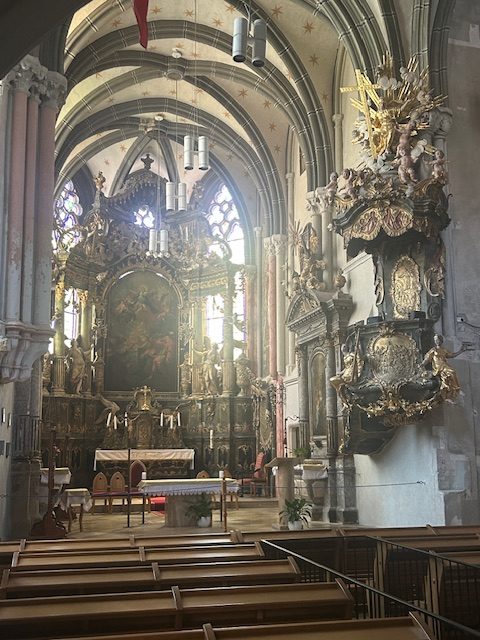
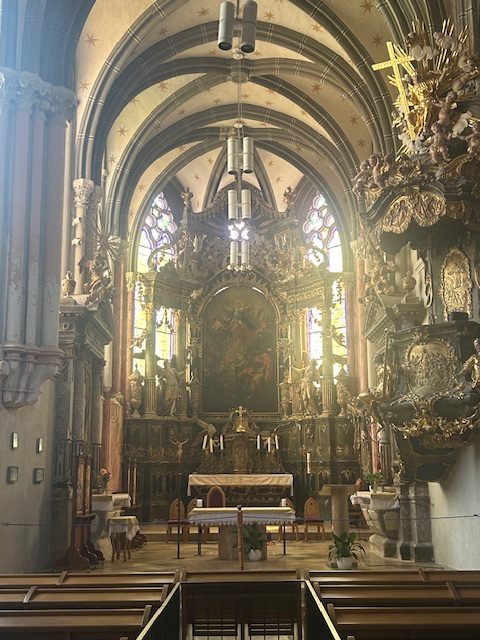
Vanya enjoyed visiting the city almost as much as me and we could easily have spent the rest of our second day wandering the old town but; the temperature was approaching 30 degrees centigrade and it wouldn’t have been fair on the dogs. Instead we returned to the hotel and together enjoyed some of the spa facilities. Although, half an hour was enough for me.
And the hotel? It was fine. We didn’t take advantage of all the facilities on offer but we very much enjoyed the hotel bars. The cocktails on offer were very reasonably priced although; having tasted (amongst others) their Banana Colada and, best of all, their Orgasmus, I don’t think we were overly concerned with the price. The Orgasmus comprised Bailey’s, Cointreau and Coconut Puree while the Banana Colada was made of Bacardi Rum with Pineapple Juice, Coconut Puree, Banana Puree and cream. Both were deliciously refreshing.
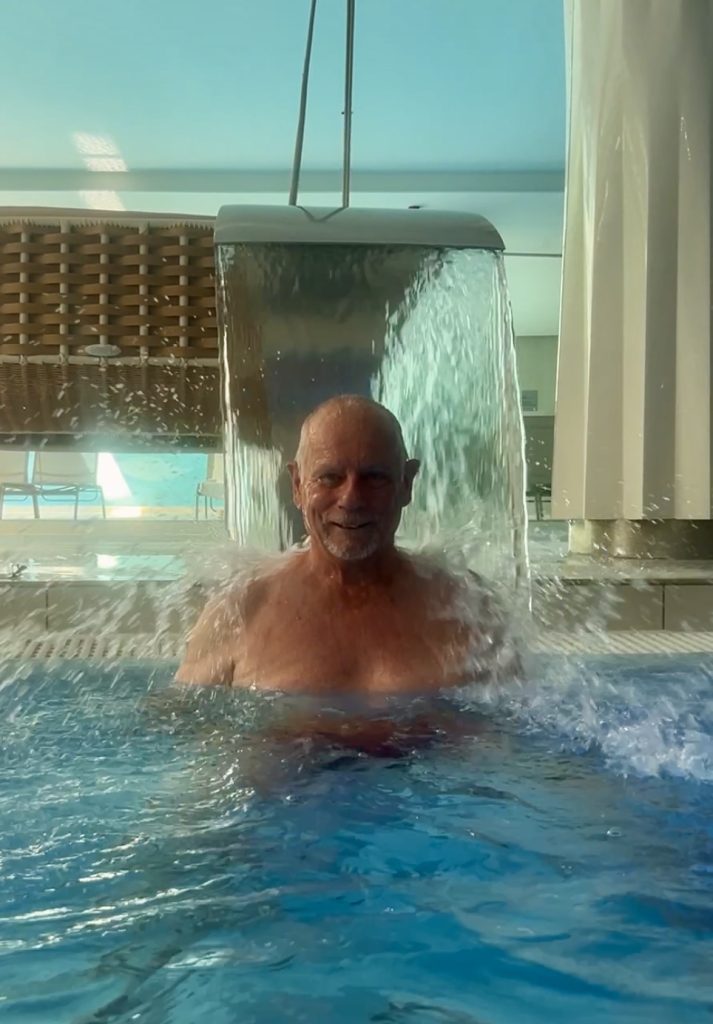
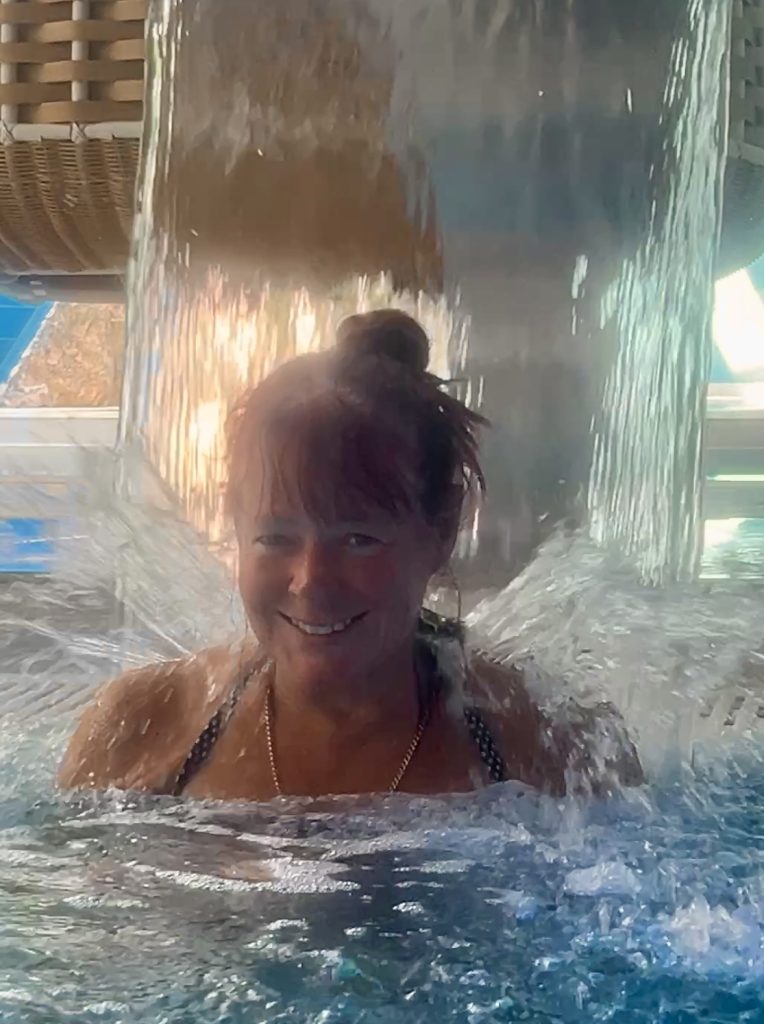
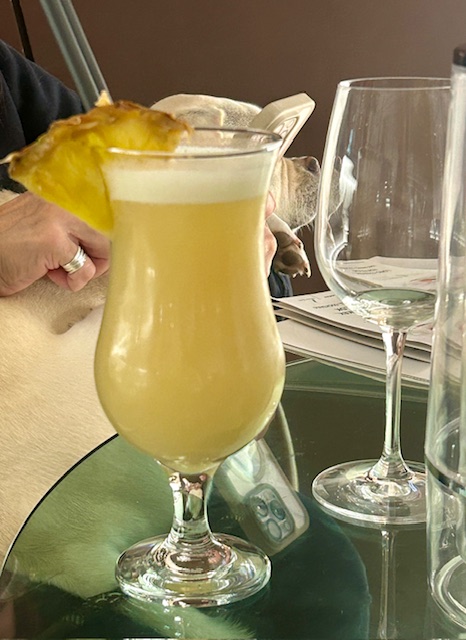
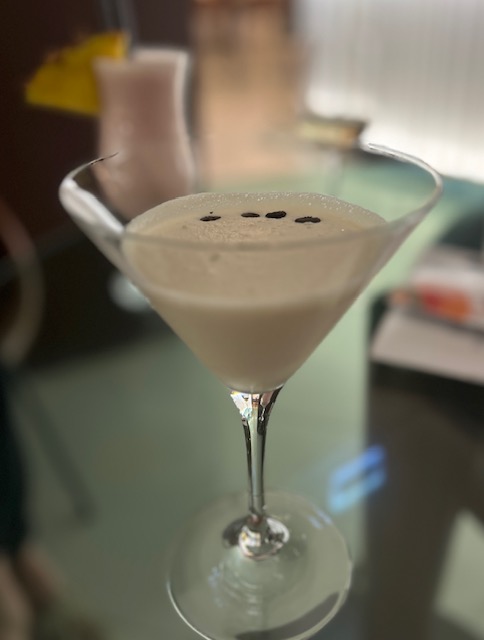
All in all, we thoroughly enjoyed our visit to Sopron and will definitely return.

